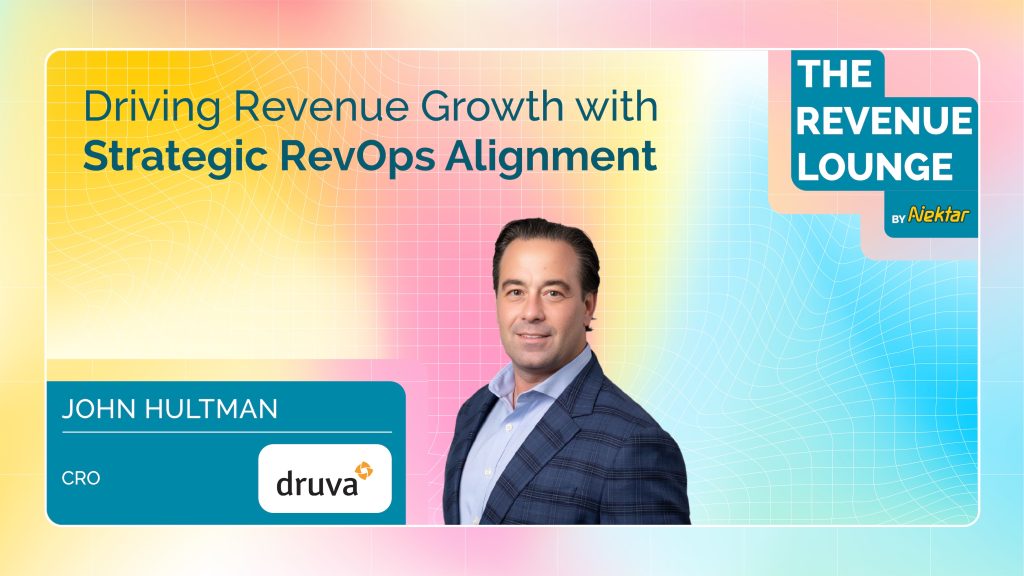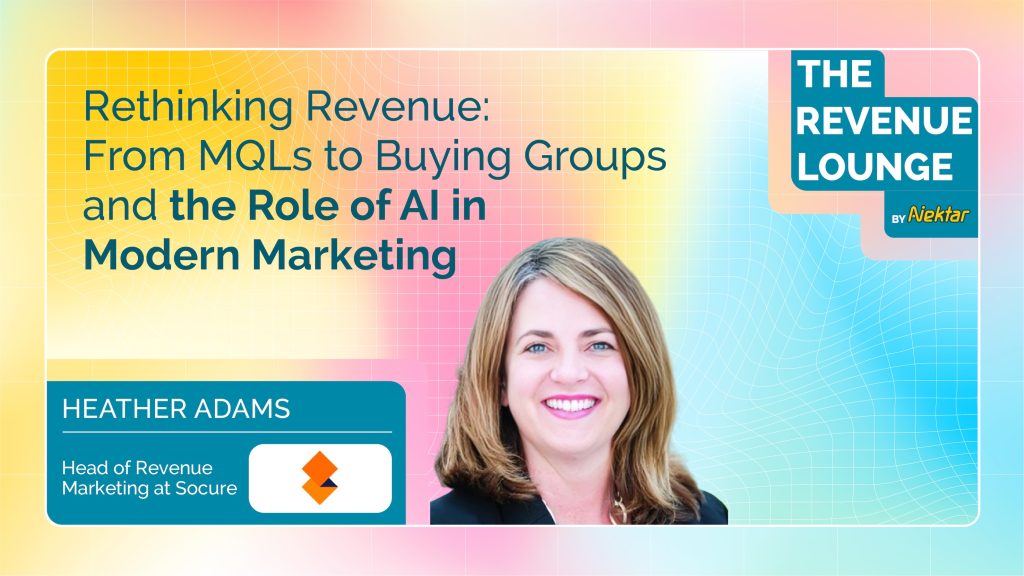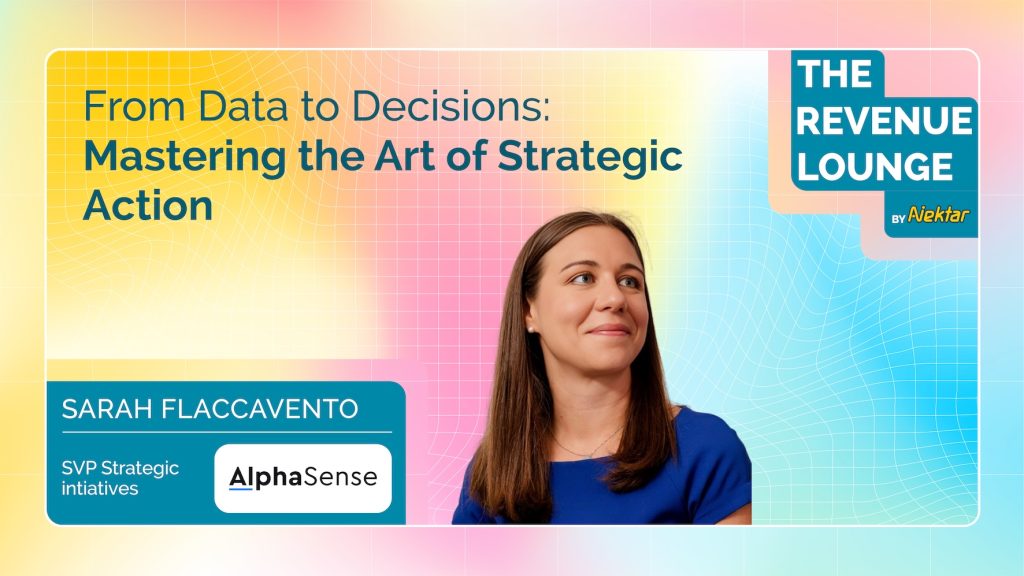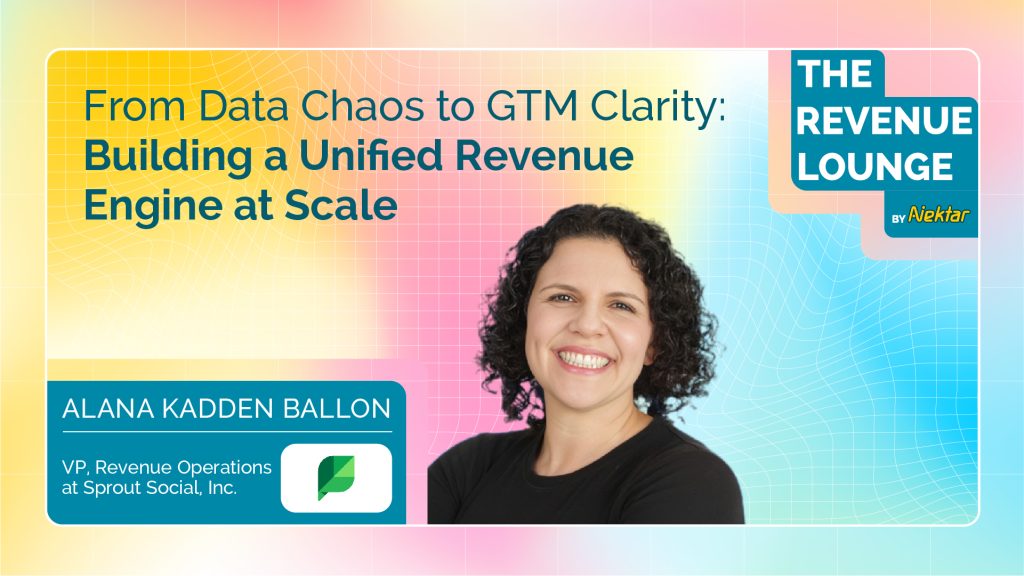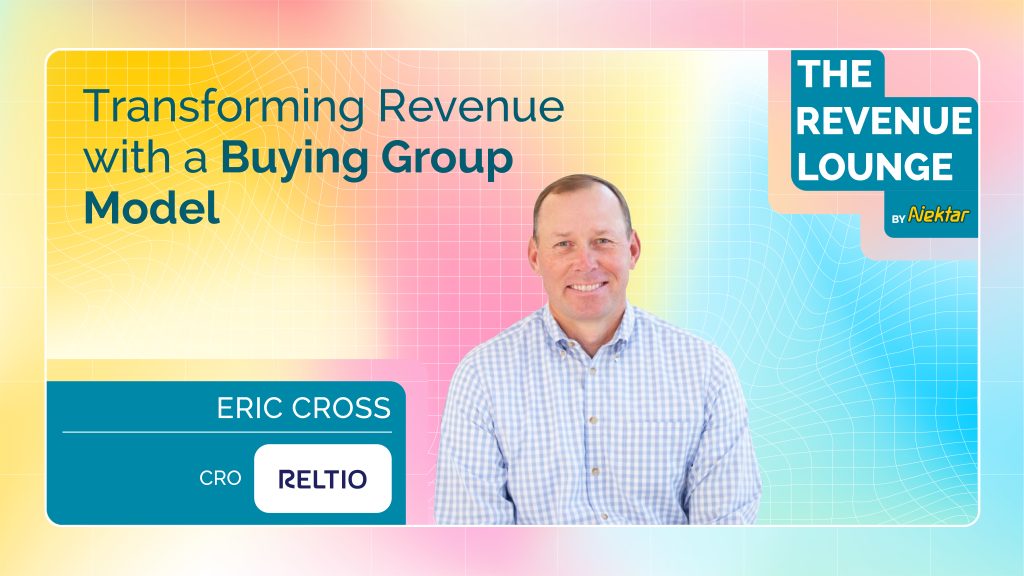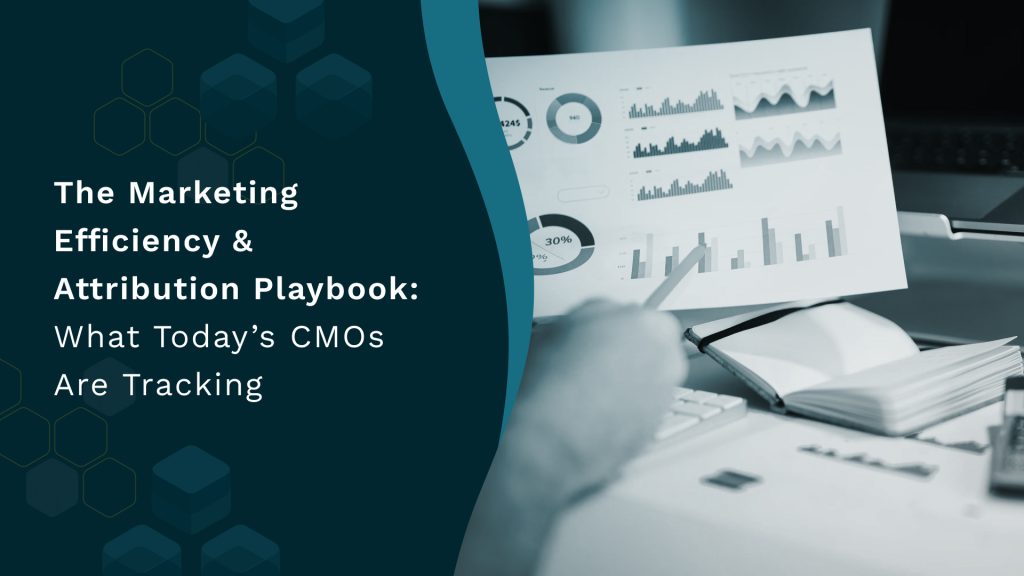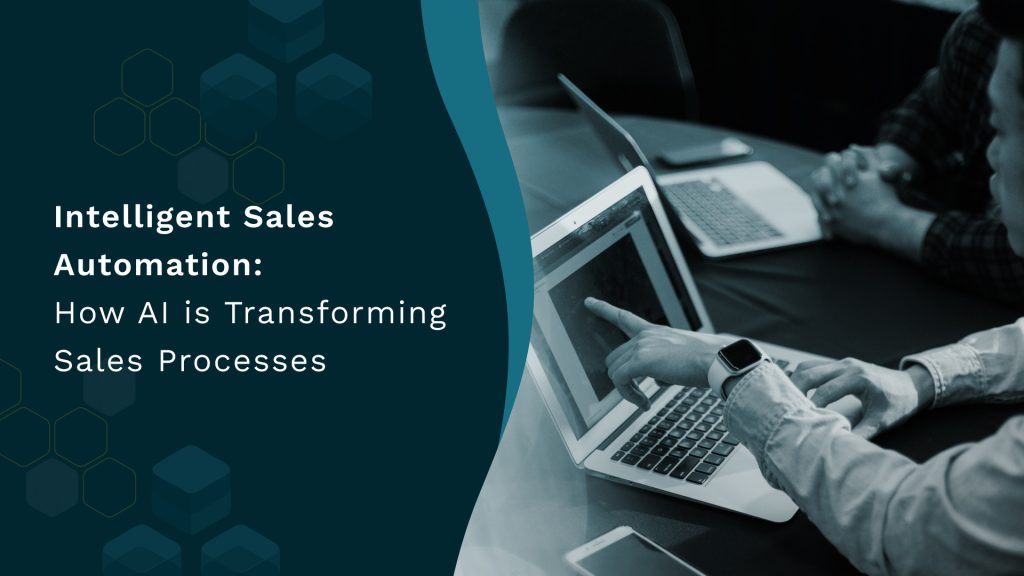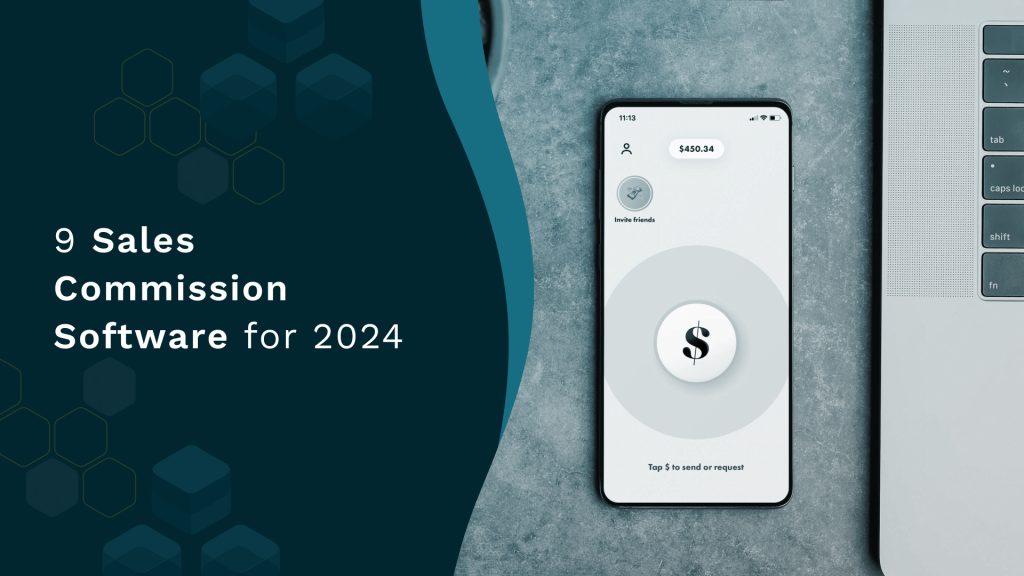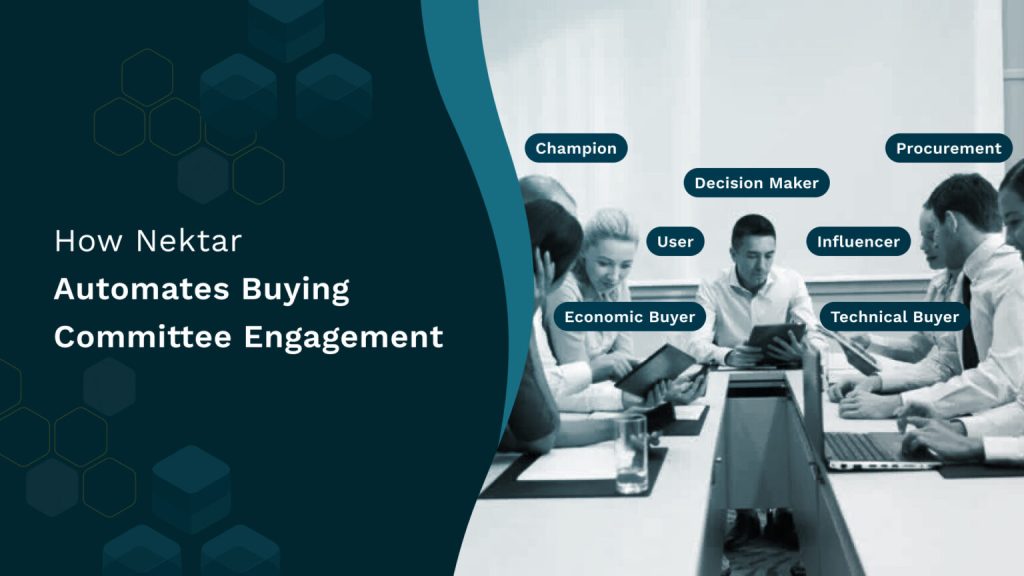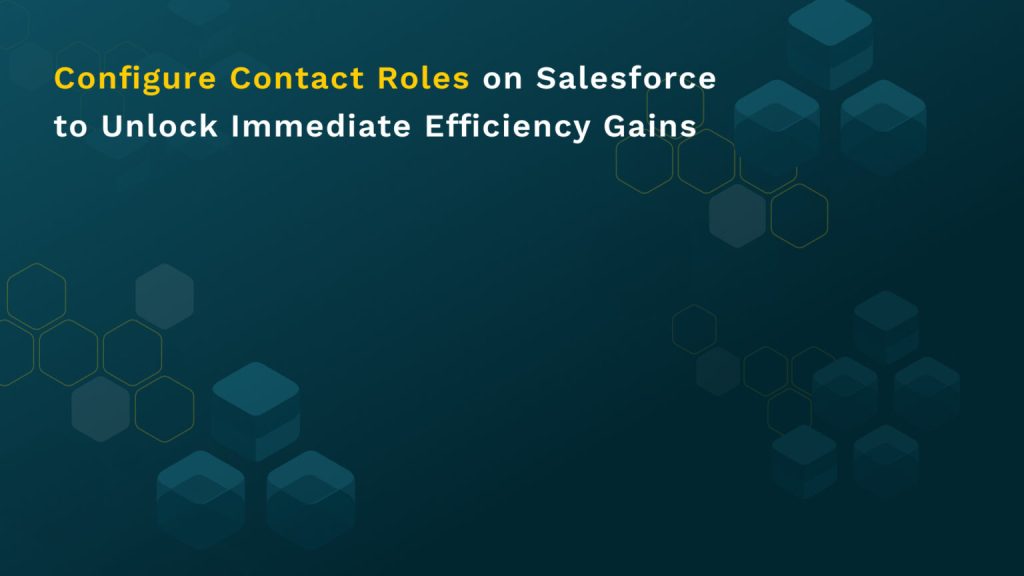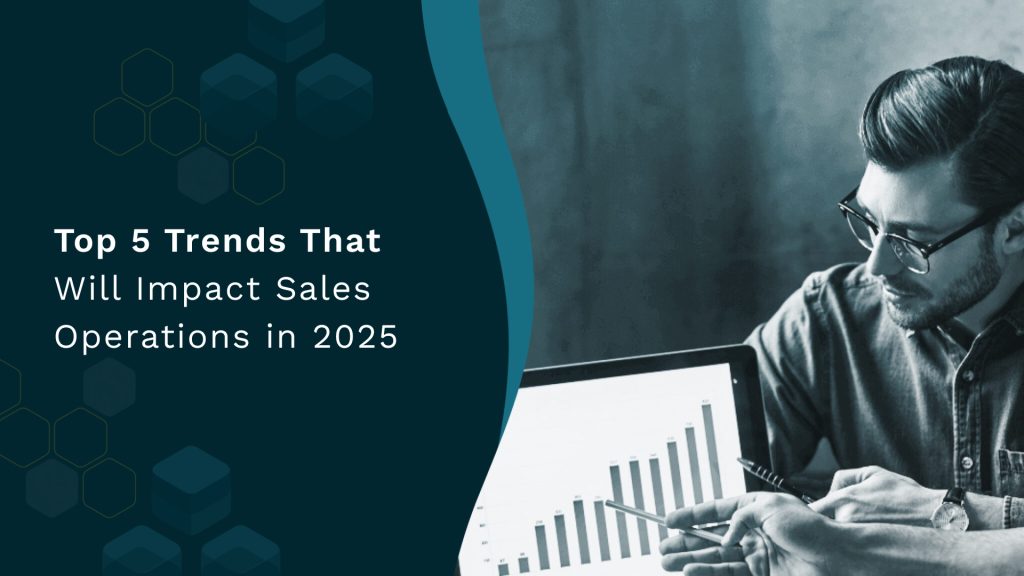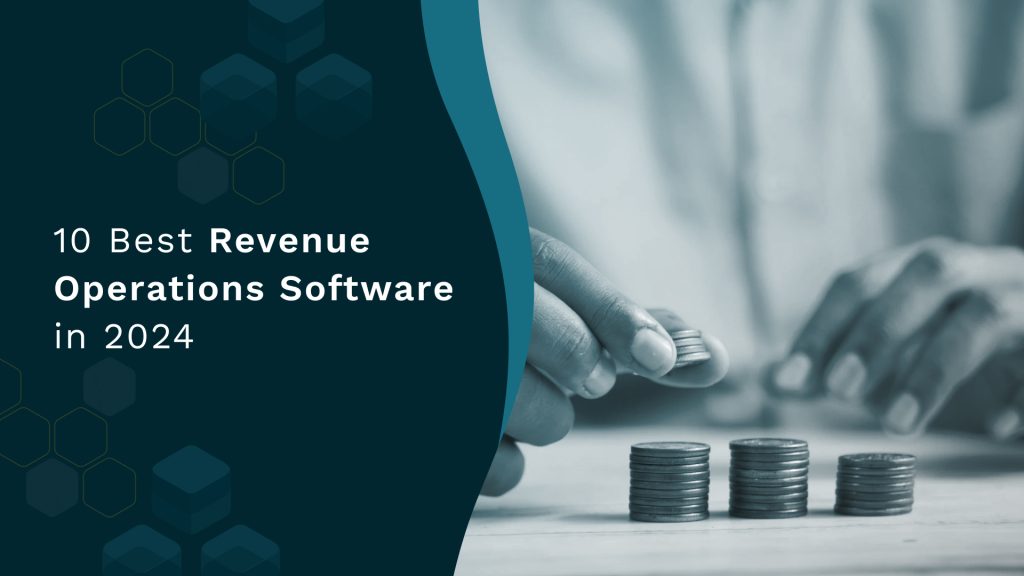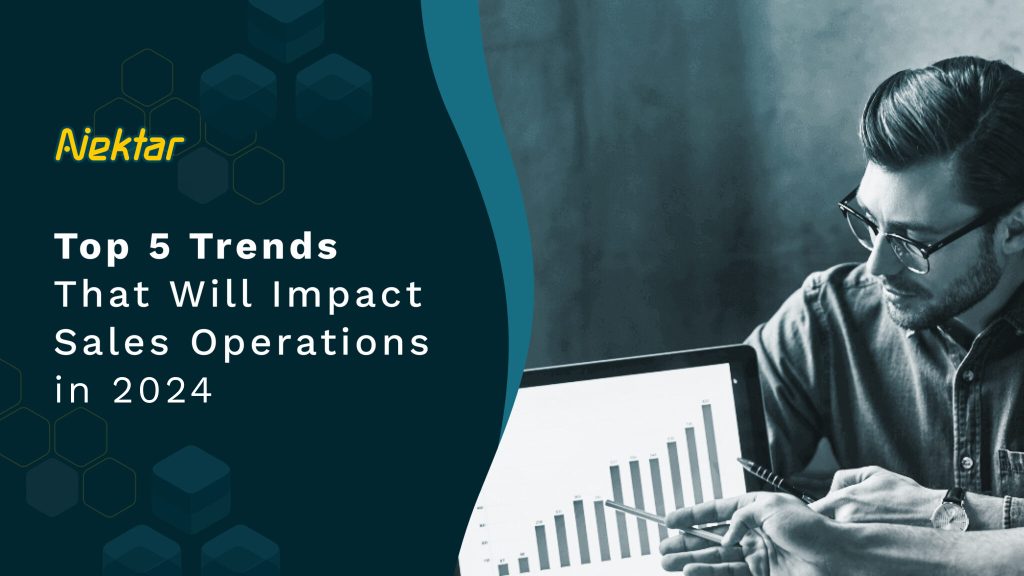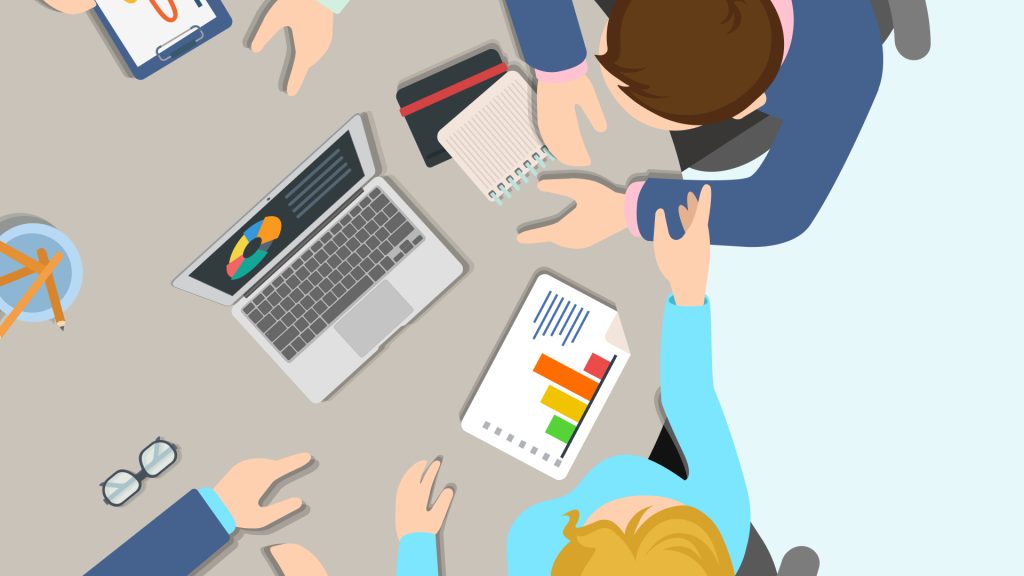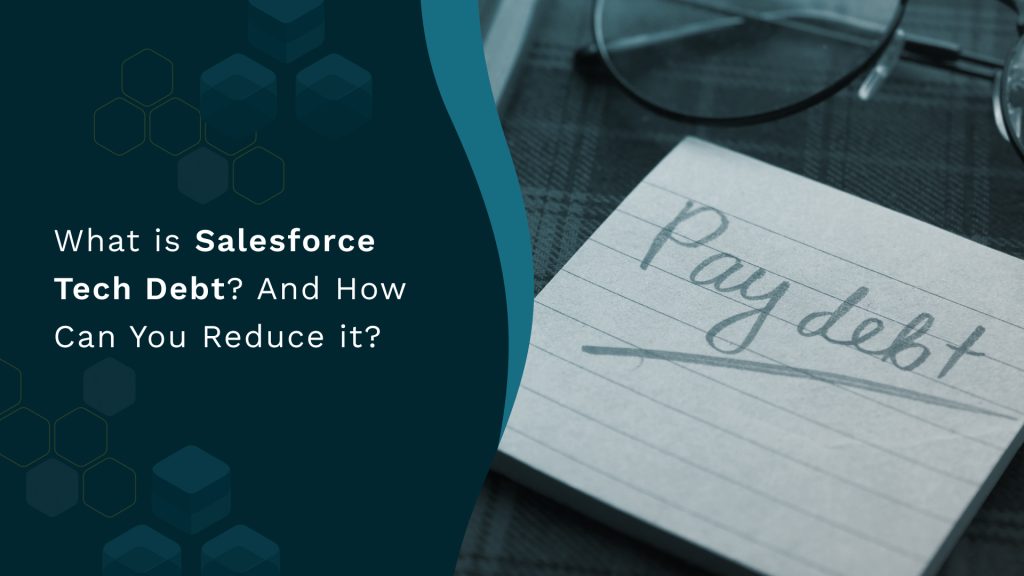Evolution of ABM in Modern Demand Generation
Evolution of ABM in Modern Demand Generation A conversation with Rick Collins, VP of Demand Generation at Connectwise. “We’ve hit what I call the Great Ignore. Everyone’s overwhelmed with messages across channels… even the good ones are getting ignored.” In the past 12–18 months, pipeline generation has become increasingly challenging. Rising revenue goals and shrinking budgets have pushed marketing teams into a corner. Traditional tactics—especially high-volume lead generation—are no longer effective. In this environment, Account-Based Marketing (ABM) has emerged as a vital strategy. But to truly succeed, teams must rethink how they define ABM, how they align with sales, and how they scale through integrated processes. This blog, based on a Revenue Lounge podcast episode with Rick Collins, VP of Demand Generation at ConnectWise, is your deep dive into: The evolution of ABM in modern demand gen Aligning go-to-market teams Building operational systems for scale Tools, data, and attribution best practices Key lessons Rick learned the hard way Facebook Twitter Youtube From IT to Demand Gen: Rick’s Unconventional Path Rick’s journey began in IT—working in QA, implementation, and CRM systems. Over time, he gravitated toward marketing operations, and eventually demand generation. “I bring a different lens to demand gen. I’ve built the ops side first, which gave me an appreciation of data, systems, and how to scale programs with precision.” He was the first marketing ops hire at ConnectWise, scaled the team through multiple acquisitions, and later took over demand gen during one of the toughest periods for pipeline creation in SaaS. The Death of Traditional Lead Generation Rick calls out three seismic changes that made legacy demand gen ineffective: The Rise of the Empowered Buyer: Buyers now reach 80–90% of the way through the journey before contacting a vendor. Digital Fatigue: Automation misuse has saturated inboxes and weakened outreach quality. Market Competition: More players, more noise, and higher ad costs. “We used to be a lead-gen machine. Now it’s all about understanding signals, providing value, and making every touchpoint count.” https://www.youtube.com/watch?v=bdDbWb-MWwI Strategies That Actually Work Rick’s team has focused on three core strategies to cut through the clutter: 1. Provide Thought Leadership Without Selling Publish content that helps the audience do their job better. Avoid product mentions in early stages. “The more we can help you without asking for anything, the more trust we build.” 2. Respond Fast When Intent is Declared If someone shows intent, ensure a quick, seamless follow-up. Architect systems for real-time handoff to sales. 3. Revive Direct Mail Physical mail cuts through the noise and makes an impact. Combine gifting with value-driven messaging. “You send me a direct mail piece—I’m going to see it. It stands out.” ABM is Not a Tool. It’s a Strategic Motion “Start with the strategy. Don’t buy the tool until you know what you want to achieve.” Too many organizations make the mistake of buying an ABM platform before defining their motion. Rick recommends starting small and proving success manually. MQLs vs Buying Groups: A Nuanced Approach Rick doesn’t claim MQLs are dead—but they are misunderstood. The definition varies drastically across companies. What’s more effective? Tracking buying group signals. “We’re operating under the buying group model in our upmarket motion. One person may raise their hand, but we’re watching the whole committee.” MQL vs Buying Group Comparison: Criteria MQL Buying Group Focus Individual Committee/Swarm Common in SMB Enterprise, Mid-market Trigger Email open, form fill Intent + multiple touchpoints Limitation Ignores influence Holistic engagement Ideal motion Automated lead nurture High-touch ABM Solving Attribution & Measurement Challenges “We use cohort reporting to measure ABM. Attribution is helpful, but it’s directional.” Attribution is complex—especially when sales teams don’t tag every contact or touchpoint in CRM. Rick’s solution is cohort-based reporting: Cohort Reporting Process: Choose a set of 500 target accounts Launch a defined campaign or series of campaigns Measure: Pipeline creation Opportunity conversion Win rates Double-click into successful accounts and identify what worked Aligning with Sales: The Non-Negotiable Element “If sales isn’t bought in, it’s just marketing playing by themselves. It doesn’t work.” Rick emphasizes that sales buy-in is crucial. Here’s his playbook for driving that alignment: Sales Alignment Checklist: Joint Sales-Marketing ABM Execution Plan Phase Action Owner Account Selection Agree on Tier 1 accounts Sales + Marketing Persona Mapping Identify roles & pains Marketing Messaging Customize value stories Marketing + Enablement Outreach Sequence delivery SDRs + Reps Follow-Up Meetings & nurture Sales Reporting Track cohort progress Ops Tech Stack and Data Activation: A Pragmatic View “Tools won’t fix your strategy. They help scale what’s already working.” Rick breaks the ABM tech landscape into three layers: Signal Aggregation – intent data, website visits, email behavior. Activation – digital ads, gifting, outreach. Measurement – pipeline contribution, cohort lift, influence. His recommendation: push data into Salesforce and trigger workflows from there. Otherwise, data sits idle. “We built a prospecting dashboard showing intent scores, untouched accounts, and pipeline priority. Next step: automate the whole motion.” Balancing Short-Term Metrics vs Long-Term Relationship Building “If someone has the answer to balancing short- and long-term pipeline generation, I’m all ears.” Rick’s team avoids meeting-based comp for SDRs. Instead, they’re measured on accepted pipeline and closed-won influence. But this is still a work-in-progress. SDR Measurement: Old vs New Model Meeting-Based Pipeline-Influence-Based Pros Easy to track Aligned with revenue Cons Short-term focus Complex to implement Outcome Flimsy meetings Better qualified pipeline The Power of Insightful Personalization A campaign that stood out to Rick? A vendor targeting ConnectWise built a hyper-personalized series referencing his CMO’s Boston roots and even tied it to Tom Brady. “It wasn’t just clever—it was relevant. And it solved a real pain. That’s what made it stick.” Lesson: Don’t just personalize. Make it insightful and timely. Final Lessons Learned “We made two big mistakes early on: Lack of executive alignment and poor account selection.” What Rick Would Do Differently: Spend more time aligning with sales leadership. Don’t rely only on systems to pick accounts—get sales input early. “Sales will throw out your list if even one account

